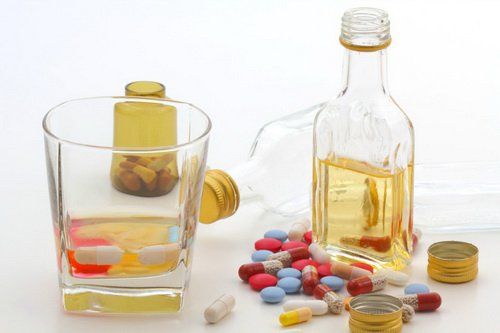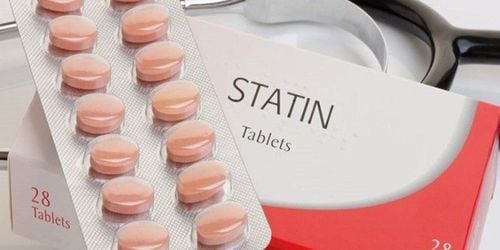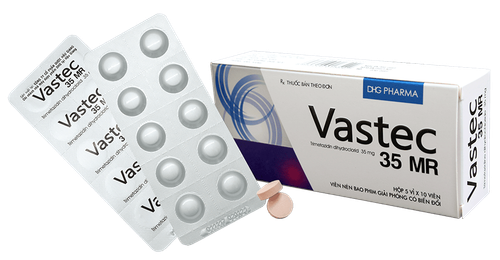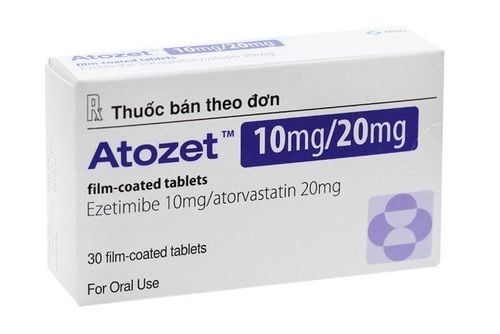This is an automatically translated article.
The article is professionally consulted by Master, Doctor Pham Van Hung - Department of Medical Examination & Internal Medicine - Vinmec Danang International General Hospital.
Coronary artery disease is the common name for a group of diseases related to coronary arteries - the only blood vessels to nourish the heart muscle, it can be coronary atherosclerosis, coronary insufficiency, coronary insufficiency. Coronary artery disease is divided into many types of disease, each with different symptoms and dangers.
1. What increases the risk of coronary heart disease?
Risk factors for coronary artery disease, including:High blood pressure Dyslipidemia Diabetes Smoking Family history of early heart disease (men before 55 years old and women before 65 years old) Age high
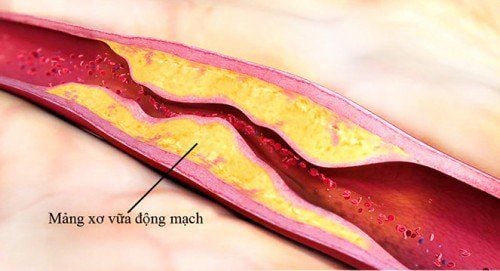
Tiểu đường là một trong những yếu tố dẫn đến xơ vữa động mạch vành
2. Coronary artery disease is divided into how many types?
Coronary artery disease usually includes 3 types of disease as follows:Stable angina Stable angina is a common form of chest pain in coronary artery disease. Called "stable" because it is often similar in appearance in each occurrence. Specifically, pain usually only occurs when performing strenuous activities such as playing sports, carrying heavy loads, climbing stairs... or when under psychological stress, in some cases may appear. when the ambient temperature drops suddenly. This pain usually subsides with rest or with vasodilators.
Patients often describe with pain or discomfort in the chest, just below the breastbone, feeling like the heart is being squeezed or being pressed by a very heavy object. The pain may radiate to the neck, shoulders, jaw, back, arms. In stable angina, it may also be accompanied by symptoms such as shortness of breath, nausea, fatigue, sweating, or nervousness.
Stable angina can occur at any time of the day. However, the morning is when stable angina attacks are most likely to occur.
Stable angina if not treated well can progress to unstable angina, at which time the risk of myocardial infarction is very high. Therefore, patients need to be treated very aggressively and the most effective way is to combine all the above solutions.
Unstable angina Unlike stable angina, which is caused by plaque, narrows the coronary arteries and reduces blood flow to the heart, the pain only appears when the patient exerts itself and decreases or completely disappears. pain at rest. Unstable angina (acute coronary syndrome) is when a plaque ruptures suddenly, causing a blood clot or debris to block blood flow to the heart, causing angina, but not causing damage. in the heart muscle. However, it is a premise for a future heart attack.
Similar to stable angina, unstable angina also has typical symptoms such as: left-sided throbbing pain, which may radiate to the left arm or to the back of the breastbone. Sometimes, the pain manifests itself in the neck or jaw. Patients may experience indigestion, bloating, nausea, palpitations, shortness of breath, dizziness, and profuse sweating. However, unstable angina is often more severe, persistent, and sudden than stable angina.
Specifically, angina which is considered unstable is usually characterized by the following manifestations:
Pain not related to exertion, often present even at rest, under stress, weather changes it happens in the middle of the night or in the morning. The pain usually lasts more than 15 minutes, does not subside with rest, and does not respond to vasodilators like stable angina.

Những cơn đau thắt ngực không ổn định được coi là một trong 3 laoij bệnh của động mạch vành
The most typical symptom of a heart attack is angina pectoris. The pain makes the patient feel like an invisible hand is squeezing the heart, compressing the chest. It can spread down the jaw, shoulder, neck, left arm... a few minutes and repeat many times. However, there are cases of myocardial infarction but there are no symptoms of chest pain, but instead are signs that are easily confused with other diseases, causing patients to often ignore, including:
This case is also known as silent myocardial infarction, common in women, the elderly, long-term diabetes... Therefore, when you encounter any of the above symptoms, be alert. with a heart attack and need to quickly go to the doctor for timely treatment.
3. What should be done to diagnose coronary artery disease?
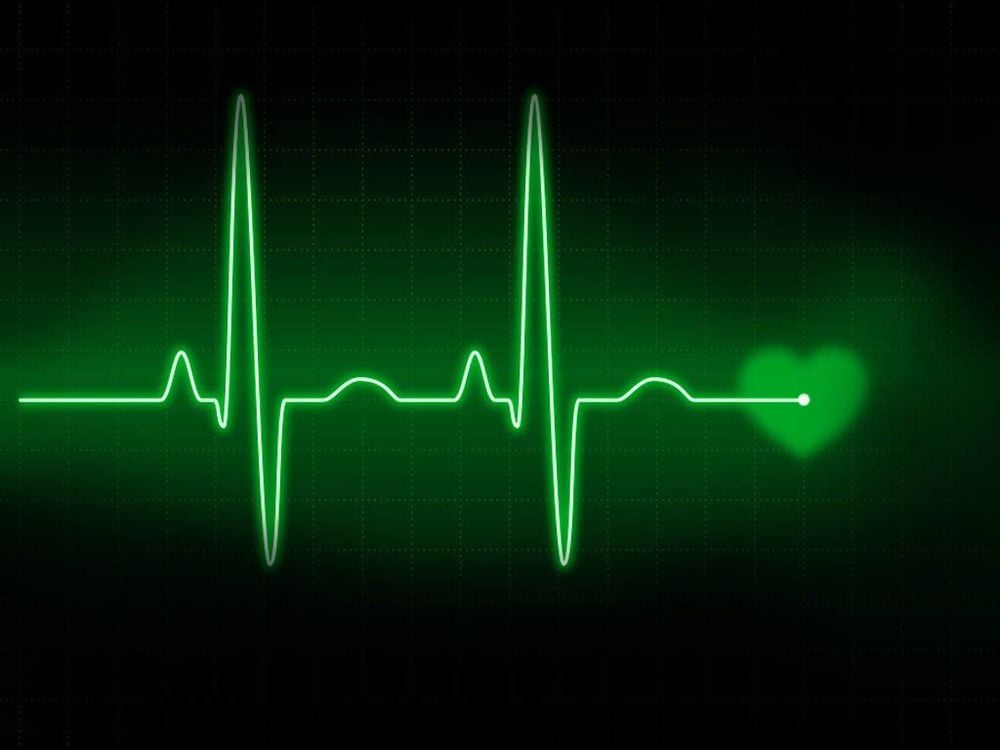
Điện tâm đồ để thăm dò và chẩn đoán bệnh động mạch vành
Routine electrocardiogram (ECG) is a simple test to help diagnose the disease. Blood tests: Cardiac enzymes present in the blood may be normal or elevated in myocardial infarction. Echocardiography: is often helpful in the diagnosis and imaging of regional movement disorders (if any), evaluation of left ventricular function (especially after myocardial infarction) and associated valvular disorders or helps for physicians to differentiate from other diseases. Stress testing is a method of recording changes in your heart during strenuous activity (if indicated). Your doctor may order a cardiac catheterization and coronary angiography. This is the best and most modern method for diagnosing coronary artery disease because it allows the doctor to see exactly which coronary arteries are narrowed or blocked under the bright fluorescent screen. The coronary examination package at Vinmec provides patients with the benefits of examination, testing, ultrasound, X-ray, etc., the doctor will base on the results and give advice or treatment protocol. scientific disease.
4. How to prevent coronary artery disease effectively
Some effective ways to prevent coronary artery disease:Healthy diet, low in saturated fat, cholesterol and trans fats. Limit salt, sugar, and alcohol. Increase vegetables, fruits and should eat at least 2 fish meals a week. Take time to rest after eating, should divide into many small meals during the day, instead of 3 full meals.

Chế độ ăn lành mạnh cho người bệnh động mạch vành





